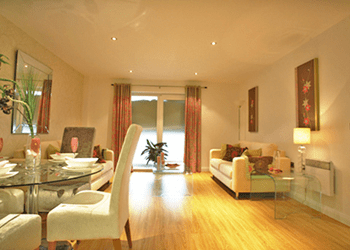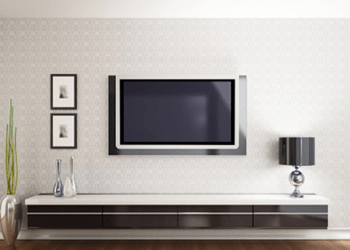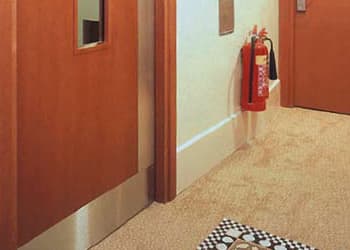This is one of the most commonly asked questions. Firstly you should consider whether it is noise insulation or sound absorption that is really required. Sound insulation is most often asked for in order to keep out unwanted noise, but is occasionally requested for the purpose of minimizing disturbance to others.
The method of noise insulation will depend on the exact situation; one size fits all type solutions are nearly always inadequate and will not work. Situations are more often than not unique, depending on the nature of the building infrastructure. For successful noise insulation improvement on any project JCW Acoustic Supplies is able to offer you sound advice based on the massive amount of acoustics experience we have gained over the years. We also know it’s best you talk to us at an early stage of any renovation to make sure you are on the right track.
The following ideas may serve as initial general guidelines.
When the noise is from an external source such as a main road it may be possible, if planning authorities permit, to screen with a noise barrier. These can be effective providing that the direct line of sight between traffic and house is concealed by the barrier.
The weak point for sound transmission to and from a building is most often via the windows. Double glazing will usually afford noticeably better protection than single glazing, but in areas of high external noise it might be preferable to have double windows with a large air gap (25 to 100 mm) and acoustic absorbent material on the perimeter reveal around that gap. For a few people, the resultant lower room background noise level can make noise transmitted through party walls more apparent.
The fitting of new windows may reduce the level of air ventilation, and it will be vital to compensate for this, if necessary with by improving the noise insulation of certain party walls.
Noise through party walls can be reduced by the addition of a false wall. This is constructed from a layer of sound insulating material, commonly plasterboard, separated from the party wall by a large void containing acoustic quilting. The false wall must not be connected to the party wall because that would allow sound transmission paths. The quality of construction is an important consideration if optimal levels of attenuation are desired.






